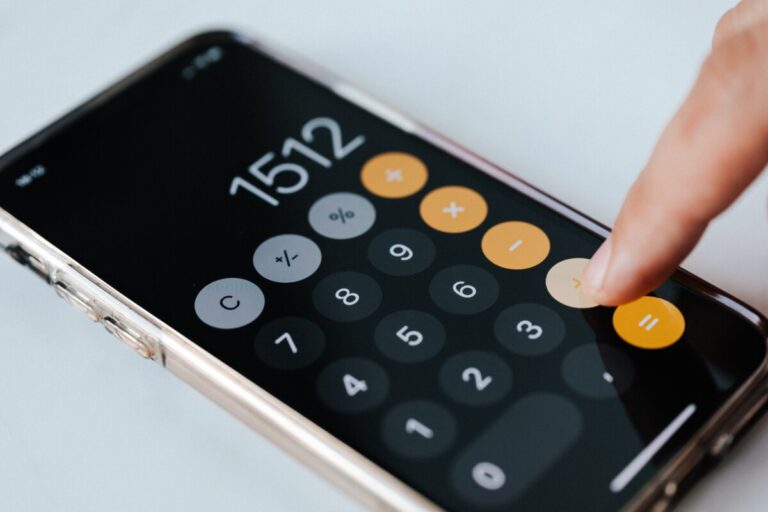A quarter of eligible donors don’t use Gift Aid when giving

Research from Charities Aid Foundation (CAF) shows that 23% of donors who work more than 30 hours a week and pay income tax do not claim Gift Aid when giving.
CAF‘s research comes ahead of this year’s Self Assessment deadline. 12.2 million taxpayers are expected to complete their assessment – usually due by the end of January. This year however HMRC have announced an extension until 28 February to ease Covid-19 related pressures.
Gift Aid is worth £1.3 billion to the charity sector, but every year more than £500 million goes unclaimed, according to the Charity Finance Group.
Advertisement
For a basic-rate taxpayer, Gift Aid adds approximately 25% to the value of any gift made under Gift Aid. A £1 donation will effectively be worth £1.25 to the charity but only if the donation is declared.
Higher rate taxpayers who complete a Self Assessment can claim back the difference between higher rate and basic rate tax on the value of their donations. For a 40% rate taxpayer, this means that for every £1 donated they can claim back 25p in personal tax relief.
CAF’s UK Giving Report found that people donated £11.3bn to charities in 2020. Although the number of donors using Gift Aid has steadily risen over time, it is still underused by many full-time employees who pay income tax with CAF urging donors to maximise their charitable giving as the deadline approaches.
Its tips for donors are:
- Declare your donation for the charity to claim Gift Aid
Any donor giving money to a charity can enhance their donation by signing a Gift Aid declaration if they pay enough income tax. The charity can then reclaim the basic rate tax already paid on that donation. Higher rate taxpayers who fill in a Self Assessment form can also claim back the difference between higher rate and basic rate tax on the value of their donations as personal tax relief.
- Declare if you gave shares to charity
This is a relatively little-known way to give to charity but it is also very tax efficient. You can give shares directly to charity as long as they are listed on a recognised stock exchange. Donors will get full tax relief on any capital gains tax. You can also claim income tax relief on the fair market value of shares.
- Claim Gift Aid sooner
Self Assessment tax returns normally only include items from the previous tax year. But for Gift Aid, you can also claim tax relief on donations made in the current tax year (up to the date the return is sent) either to get the tax relief sooner or if you will not be paying higher rate tax in the current year but have paid it in the previous year.
- Claim tax relief for previous years
If you forget to claim tax relief, or were unaware that you could, then you have four years to submit a claim for tax ‘overpayment relief’ to HMRC. That’s four years after the end of the tax year to which your claim relates.
- Let charities know if your circumstances change
The amount of tax you pay needs to be at least equal to the value of Gift Aid the charity will claim on your donations. If circumstances change and you no longer pay enough tax, it is important to tell all the charities you support. If you don’t tell them and they continue claiming Gift Aid, you may need to pay any difference back to HMRC.
Mark Greer, Managing Director of Philanthropy Services, Charities Aid Foundation, said:
“Charities rely on mass giving and regular donations from generous individuals. But when an eligible taxpayer donates and forgets to tick the Gift Aid box, the charity misses out. Make sure the charity gets the full value of your donation by using Gift Aid. If you are a higher rate taxpayer you could also benefit from personal tax relief.”





